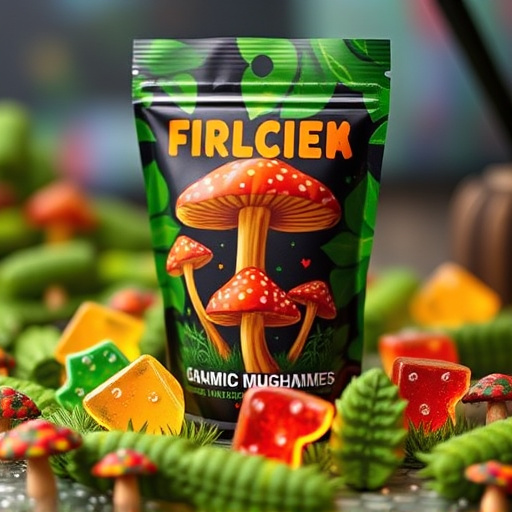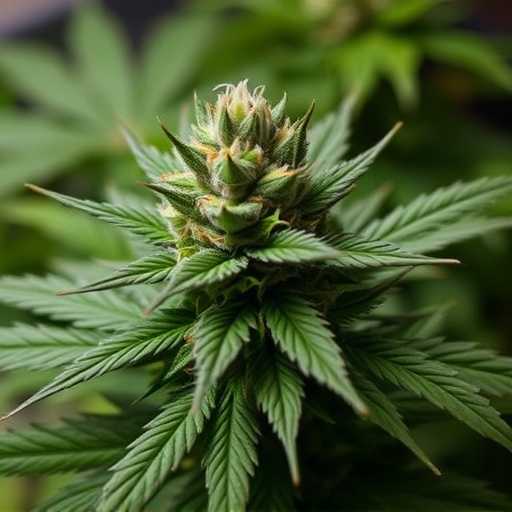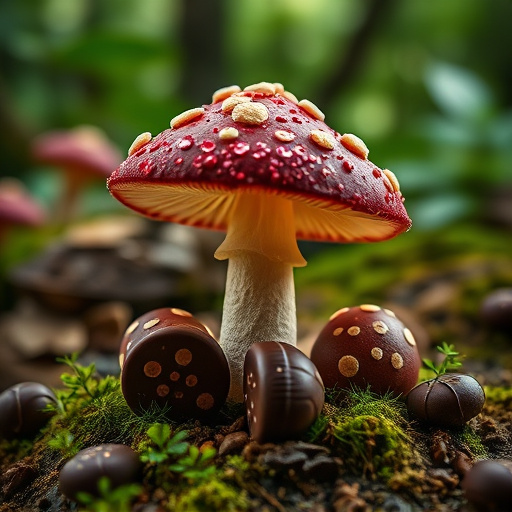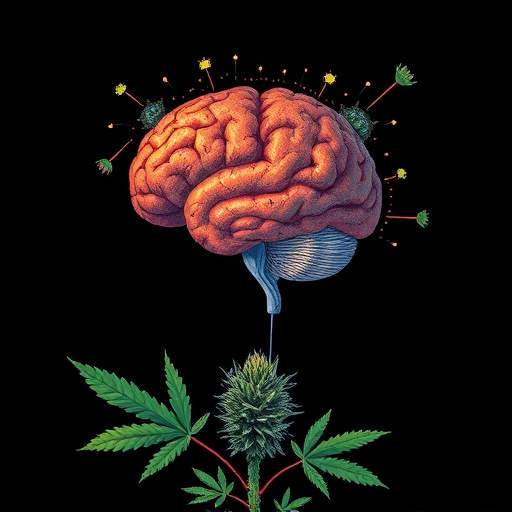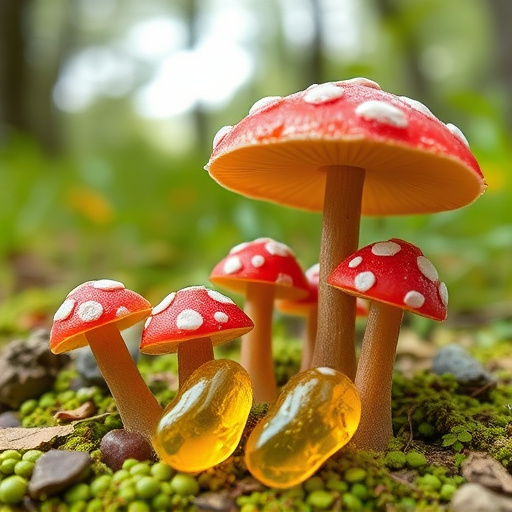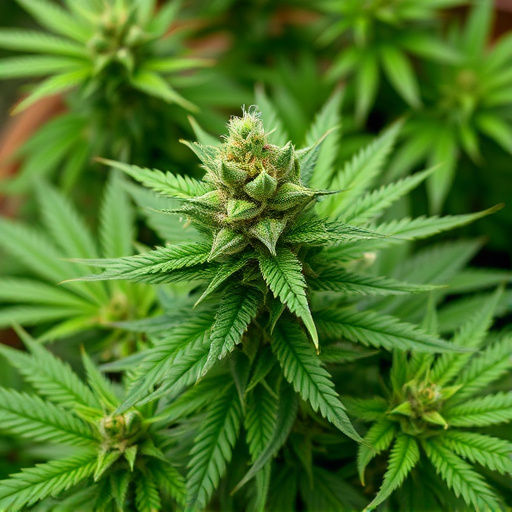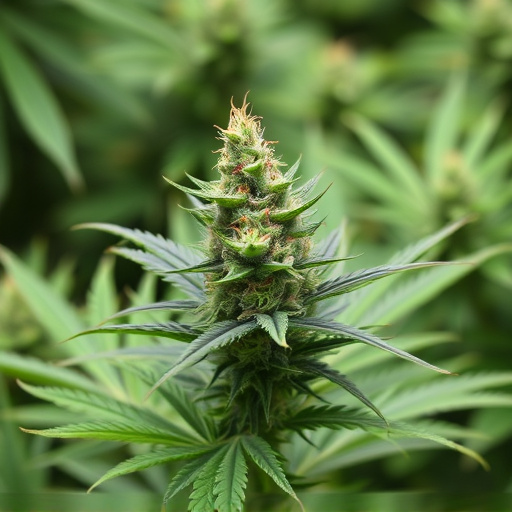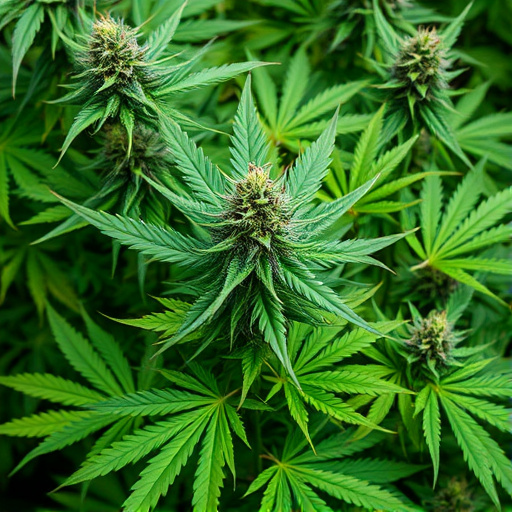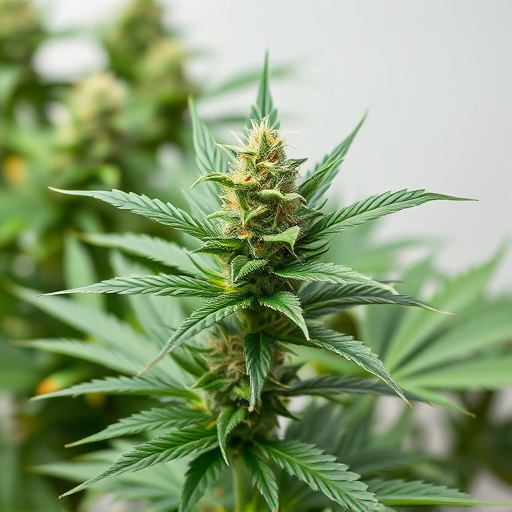The colors of medicinal cannabis strains are governed by complex genetic and biochemical mechanisms, influenced by both internal genetics and external environmental factors. Specific gene variations control pigment production, leading to visually appealing and potentially therapeutically significant colors like red, blue, and purple. Understanding these interactions is key to cultivating strains with desired color and chemical profiles, offering insights valuable for breeding medicinal cannabis.
Unravel the enigmatic causes behind the captivating hues of purple, red, and blue in your medicinal cannabis strains. This comprehensive guide delves into the intricate interplay between genetics, chemical composition, and environmental factors. Discover how specific gene variations influence pigment production, leading to these unique colors. Explore cannabinoid profiles, terpenes, and their role in shaping not just the appearance but also the effects of these sought-after medicinal cannabis strains.
- Genetics and Pigment Production
- – Understanding the role of genetics in determining cannabinoid profiles and pigment production.
- – How specific gene variations lead to red, blue, and purple hues in cannabis.
Genetics and Pigment Production
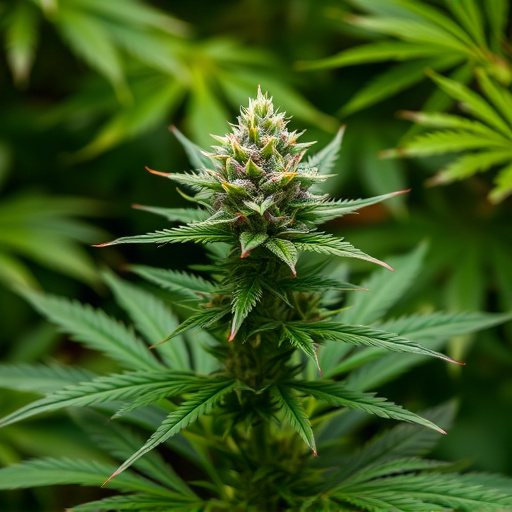
The vibrant colors seen in medicinal cannabis strains are not just aesthetically pleasing; they’re a result of complex genetic and biochemical processes. Each color, whether purple, red, or blue, is produced by different pigments synthesized within the plant’s cells. These pigments, such as anthocyanins (responsible for reds and purples) and carotenoids (yellows and oranges), are influenced heavily by genetics. Specific genetic variations in cannabis plants can lead to increased production of certain pigments, ultimately determining the strain’s color profile.
The environment also plays a crucial role in pigment production. Factors like sunlight exposure, temperature, and nutrient availability can trigger differences in pigment synthesis. For instance, cooler temperatures and higher UV light levels might encourage the development of more anthocyanins, contributing to deeper reds and purples. Understanding these genetic and environmental interactions is key to cultivating desired medicinal cannabis strains with specific color characteristics.
– Understanding the role of genetics in determining cannabinoid profiles and pigment production.
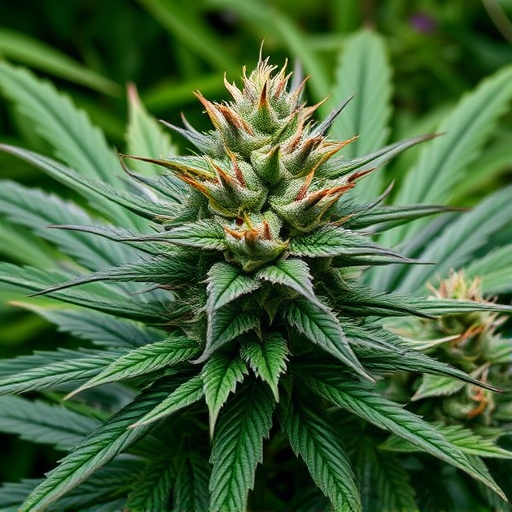
The diversity of colors in medicinal cannabis strains is a fascinating result of complex genetic interactions. Each strain’s unique cannabinoid profile and pigment production are largely influenced by its genetic makeup, with specific genes dictating the levels and types of cannabinoids like THC and CBD, as well as the presence of terpenes that contribute to aroma and potential therapeutic effects. These genetic factors play a pivotal role in creating the wide array of colors observed in cannabis flowers, ranging from vibrant purple to deep blue and rich red hues.
Genetic variations lead to differences in pigment production, with certain genes promoting the synthesis of anthocyanins—the pigments responsible for the reddish-purple to blue colors—and other compounds that affect overall color. The interplay between these genetic elements results in distinct visual characteristics within a strain, providing not only an aesthetically pleasing experience but also potential indicators of the plant’s chemical composition and medicinal properties. Understanding these genetic underpinnings is key to unlocking the secrets of medicinal cannabis strains and their diverse therapeutic applications.
– How specific gene variations lead to red, blue, and purple hues in cannabis.
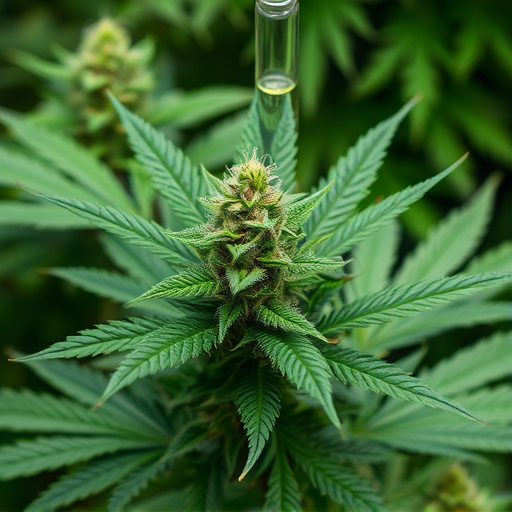
The vibrant colors associated with red, blue, and purple cannabis strains aren’t merely aesthetic; they are a direct result of specific gene variations within the plant’s genome. These variations impact the production and interaction of different pigments, ultimately shaping the final hue. In medicinal cannabis strains, the most notable pigment involved in these color changes is anthocyanin, a type of flavonoid responsible for red, blue, and purple colors in many plants, including cannabis.
Genetic mutations that alter the expression or structure of anthocyanin-producing genes can lead to unique visual characteristics. For example, certain strains may have increased levels of anthocyanin synthesis due to specific gene variants, resulting in deeper, richer shades of purple. Conversely, modifications in the plant’s ability to transport and distribute anthocyanins can yield striking blue hues. Understanding these genetic underpinnings not only fascinates cannabis enthusiasts but also plays a crucial role in breeding medicinal cannabis strains with desirable traits for various therapeutic applications.
The unique colors of purple, red, and blue in medicinal cannabis strains are not merely aesthetic; they are the result of intricate genetic interactions that influence pigment production. Specific gene variations play a pivotal role in creating these distinctive hues, offering a glimpse into the complex world of cannabinoid profiles. Understanding these genetic factors is essential for cultivators aiming to breed specific medicinal cannabis strains with desired characteristics, enhancing the diverse offerings in the market.
